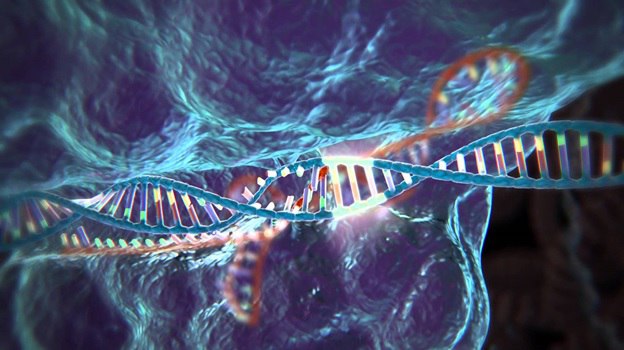CRISPR, a new disease diagnosis platform and a powerful research tool in neuroscience
Neurosafari A team of scientists from the Broad Institutes, McGovern Brain Research, and Medical Science and Engineering at MIT modified a CRISPR protein so that it could target RNA instead of DNA; As a fast, cheap and very sensitive tool for disease diagnosis, this method will have a revolutionary impact on research and public health.
In a study published in the journal Science, members of the Broad Institute, including Feng Zheng, Jim Collins, Deb Hong, Aviv Rijo, and Fardis Sabeti, describe how this CRISPR enzyme, which targets RNA, becomes a highly sensitive tracer. has become Tracking that the ability (accuracy) of its detection is equal to detecting the presence of a specific molecule of DNA or RNA. In line with this research, two colleagues and the first authors of this study, Omar Abudayeh and Jonathan Gutenberg, graduate students at MIT and Harvard, named this new tool SHERLOCK, which is derived from the phrase Specific High-sensitivity Enzymatic Reporter unlocking. This technology can soon be used for rapid response to the spread of viral and bacterial diseases, control and monitoring of resistance to antibiotics and cancer diagnosis.
CRISPR applications in medicine and neuroscience
The scientists identified a range of applications that this method could be adapted and used according to each:
Detection of Zika virus in a patient’s blood or urine sample within a few hours.
Detection of differences between genetic sequences of African and American samples of Zika virus.
Detection and differentiation of different types of bacteria such as E.coli
Detection and identification of antibiotic resistance genes.
Identification of cancer-causing gene mutations in sections of cloned DNA, outside the cell (without the presence of the cell)
Rapid reading of people’s genetic information, such as heart disease risk, from a saliva sample.
According to the stated applications, the important point is the use of this tool in the diagnosis of central nervous system diseases. For example, in the diagnosis of brain tumors. The method of diagnosis and pathology of tumors is often invasive methods such as taking samples of the target mass tissue in the gray matter or white matter. But due to the efficiency and accuracy of this tool, it is possible to find out the nature of possible brain tumors of the patient more quickly and accurately, with only one blood test, and accept the risk of sampling only in the most necessary cases. In addition, the existence of such a tool can probably quickly diagnose genetic diseases of the central nervous system. https://goo.gl/apZdNb
Join the Neurosafari brain and neuroscience Telegram channel:
https://telegram.me/joinchat/CihxzDwTa19DOIUZRYLVjw
This post is written by neurosafari
